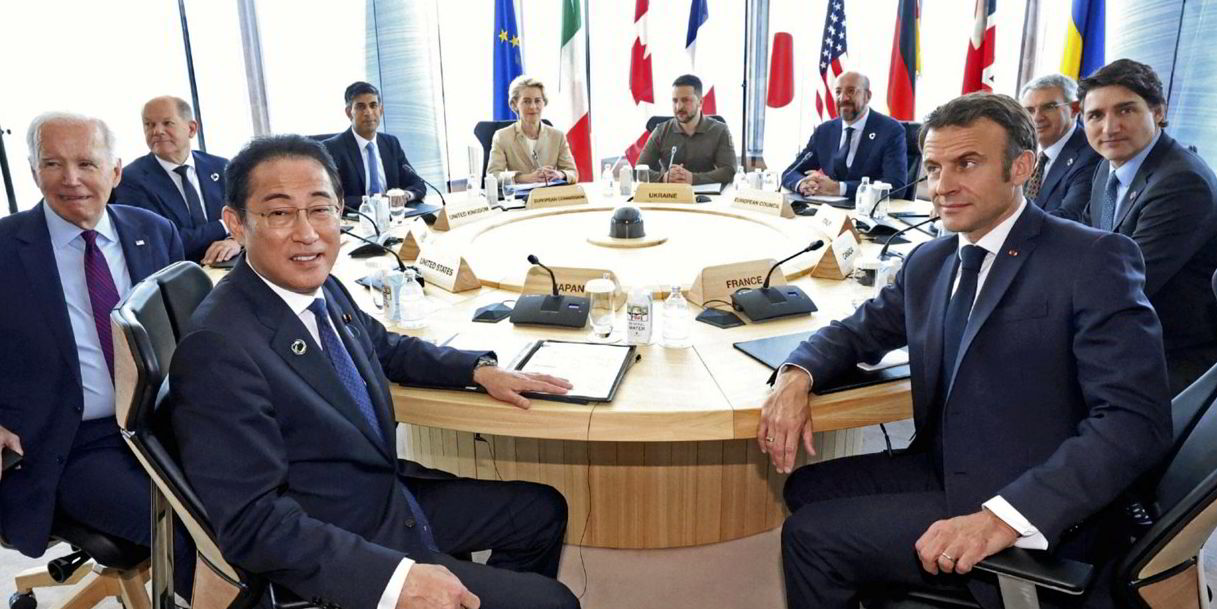Far from being an existential threat, midsize and small owners believe the remoulding of container shipping trades will benefit them.
A shift of production away from China towards other countries around the world may even increase demand for their vessels.
“While volumes out of China have come down, less China does not mean less tonne-mile demand — and certainly not less containerised demand,” said MPC Container Ships chief executive Constantin Baack.
He flagged a 50% year-on-year increase in the number of new liner services being established in the first five months of the year.
“We have seen around 70 new trades being opened with mainly smaller vessels, which is evidence of a shift in trading patterns,” he said.
“And usually, if you start a new trade with smaller volumes, you start with smaller ships.
“So, while there was likely to be a significant shift in demand, that is not necessarily negative.”
Baack was responding to questions posed by Stifel Financial managing director Benjamin Nolan at a Capital Link container shipping webinar on Wednesday.
Since the pandemic, many companies have been seeking to strengthen supply chains by relocating manufacturing to countries closer to the consumer.
Geopolitics and the US-China trade wars have even led to the concept of “friend-shoring”, in which suppliers develop links with politically aligned countries.
That is helping to reshape global trade patterns, which have been changing after the pandemic-inspired reshoring and near-shoring of manufacturing.

Such developments have not had a negative effect on volumes or charter rates, say shipowners.
In March, the throughput for containerised cargo increased by 5.4%, reversing the recent drop in volumes, Euroseas chief executive Aristides Pittas told the webinar.
“Whether this continues depends on how things develop globally and within China. But we see South East Asia as being very strong,” he said, adding that charter rates remain at “fantastic” levels.
Rates of $20,000 per day for an older 2,500-teu vessel would have seen owners “party” every year prior to the boxship boom, Pittas added.
Tonnage providers have built up strong balance sheets and should not worry about geopolitics depressing the container market, said Evangelos Chatzis, chief financial officer of Danaos.
“That will have the effect of pushing the older ships into scrapyards and providing a huge opportunity for the future,” he said.
Scrapping of older vessels and new regulation could limit the expansion of the midsize and smaller boxship fleet over the next three years, according to Global Ship Lease chief executive Ian Webber.
“So there’s no reason why the charter market should not remain supported,” he said.
“But a lot is sentiment. That’s fickle, unpredictable and comes back to geopolitics.”
So far, there is no evidence that deglobalisation through friend-shoring, near-shoring or reshoring is happening to any significant degree, according to Drewry.
But it sees clear evidence of more diverse offshoring, with companies investing less in China and more in Vietnam, India, Bangladesh and Thailand.
A survey by Oslo-based Xeneta predicted that the shift in container trade patterns would be slow to take effect, as it takes time to build new production bases or port facilities.
Russian exports
There are also expectations that more trade and investment decisions will be based on geopolitics rather than, say, availability or price, it added.
But export data from the first months of 2023 points to a dramatically changing trade for containerised freight.
“March saw a clear drop in exports from China to the US, with $3.6bn less trade than the year before,” said Xeneta market analyst Emily Stausboll.
“However, despite this significant fall, China’s total exports managed an impressive year-on-year growth rate of 15% in March. How? Russia is the obvious answer.”
With its trade hamstrung by a wave of international sanctions, Russia boosted imports from China by $5.2bn year on year, more than making up for the US shortfall, she said.
Exports to South Asian countries also posted strong year-on-year growth for the month.






